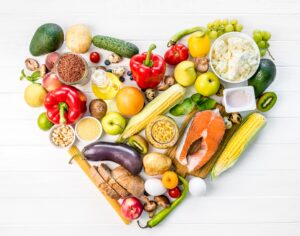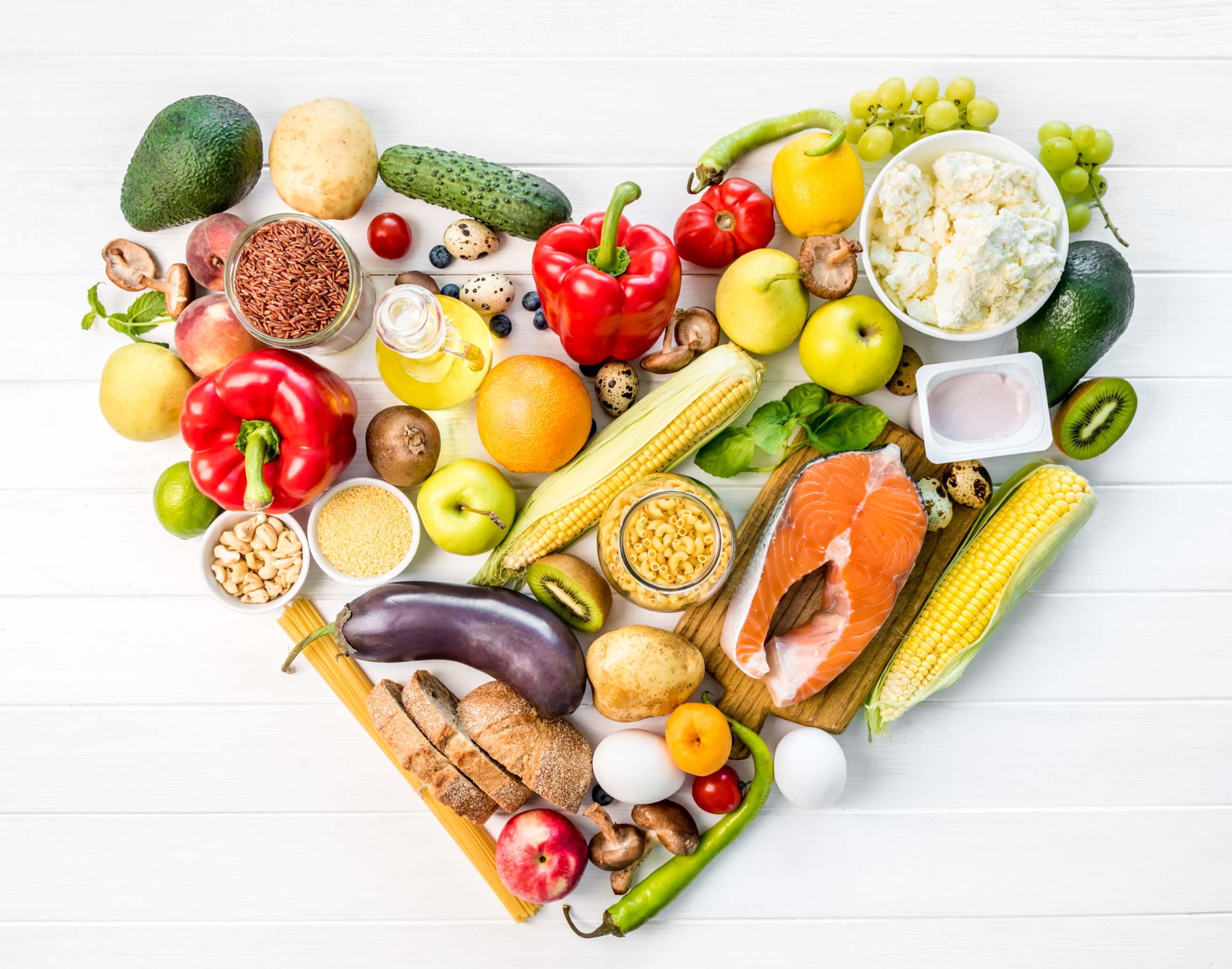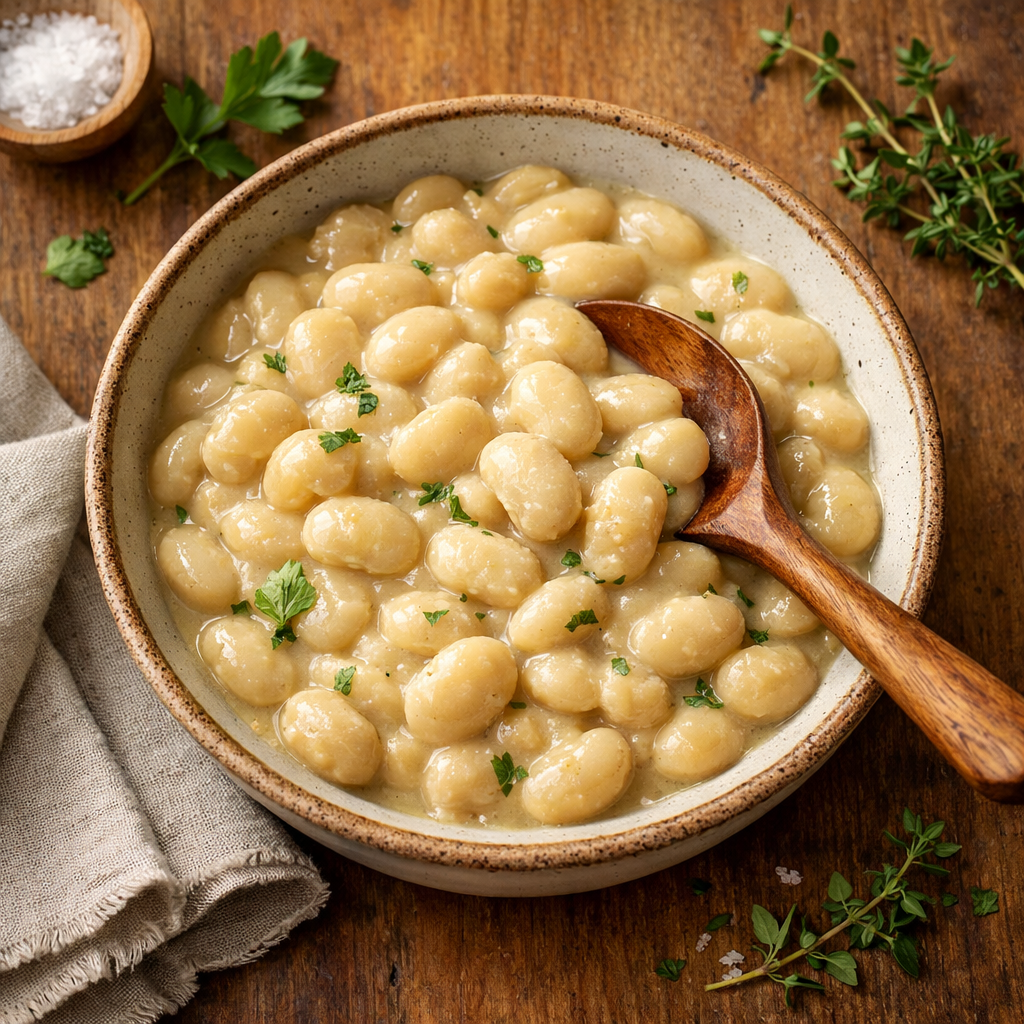The Nutritarian Diet maximizes nutrient variety per calorie, as introduced by Dr. Joel Fuhrman. This approach emphasizes foods that are rich in vitamins, minerals, phytochemicals, and antioxidants, promoting a plant-based pattern of eating. Nourish with high-density foods using Dr. Fuhrman’s equation: Health equals Nutrients over Calories (H=N/C). This diet promotes weight loss, health, and longevity by focusing on whole foods and limiting processed products.

Key to the Nutritarian Diet is its food pyramid, which inverts the traditional model by placing leafy greens, colorful vegetables, and berries at the foundation. Beans, seeds, nuts, and whole grains dominate this regimen, with animal products eaten sparingly. Processed foods, oils, and added salts or sugars are discouraged. Transition to this diet by understanding essential food groups, crafting a meal plan, and knowing foods to avoid for health. Newcomers often ask how to balance meals for fullness and energy while following nutritarian principles.
Key Takeaways
- The Nutritarian Diet emphasizes high-nutrient, plant-based foods while minimizing animal products and processed items.
- Leafy greens, vegetables, fruits, beans, seeds, and nuts are staple foods in a nutritarian meal plan.
- Adhering to this diet supports weight loss and promotes overall health improvement.
Understanding the Nutritarian Diet
I follow the Nutritarian Diet, prioritizing foods with high nutrient density per calorie. It’s a well-structured plant-based diet that places immense importance on whole foods.
Principles of the Nutritarian Diet
I aim for a straightforward principle: eat foods with high nutrient density. This means my plate is filled with vegetables, fruits, beans, nuts, and seeds—specifically G-BOMBS (Greens, Beans, Onions, Mushrooms, Berries, and Seeds) which are central to the diet. I avoid processed foods, limit animal products, and focus on the body’s nutrient needs over mere calorie consumption. My goal is to eat foods offering maximum health benefits per calorie, leading to a healthier, leaner body.
Scientific Backing and Origins
Joel Fuhrman, MD’s diet is scientifically backed, focusing on disease prevention and reversal through diet. I’ve read studies, like the pilot study focusing on a nutrient-dense, plant-rich dietary pattern during pregnancy, which reinforce the diet’s basis in sound nutrition science. Dr. Fuhrman’s “Eat to Live” book details how a nutrient-dense diet promotes a longer, disease-free life.
Comparing Nutritarian to Other Diets
When comparing my dietary choices with other plans, I notice that the Nutritarian approach is less about strict calorie counting found in many diets and more about maximizing nutrient density. A Nutritarian packs every calorie with nutrients, unlike vegan diets that may not always prioritize nutrient density. Unlike many plant-based diets that focus simply on avoiding animal products, my approach stresses the need for a wide array of phytochemicals and fibers—often missing in standard vegan diets—to support my body’s health and well-being. Additionally, I’ve seen an ongoing body of research assessing dietary compliance and health trends among women following Nutritarian principles, indicating its growing credibility compared to other dietary trends.
Nutritarian Food Groups
In my experience with the Nutritarian Diet, food groups are centered around nutrient-dense plant-based foods, each category offering distinct health benefits critical for optimal nutrition.
Greens
I consider leafy greens to be the cornerstone of the Nutritarian Diet. They are especially high in vitamins and minerals while being very low in calories. I regularly include a variety of greens like spinach, kale, and Swiss chard in my meals for a hefty dose of fiber and essential nutrients.
Beans
Beans are an excellent source of protein, fiber, and complex carbohydrates. In this diet, I find them to be a versatile and satisfying component that supports blood sugar levels and makes a heart-friendly choice. Adding lentils, black beans, and chickpeas to my repertoire offers both nutritional benefits and culinary diversity.
Onions
Onions, along with garlic, leeks, and shallots, form an important part of this diet due to their powerful flavonoids and sulfur-containing compounds. I’ve discovered their ability to enhance the flavor of dishes while delivering potential anticancer nutrients.
Mushrooms
Scientifically recognized for their immune-boosting properties, mushrooms add a savory depth to my meals. Varieties like shiitake, maitake, and button mushrooms are a regular feature in my nutritarian kitchen, contributing to the diet’s focus on foods with high nutrient-to-calorie ratios.
Berries
Berries are true nutritional powerhouses, packed with antioxidants, fibers, and vitamins. I often consume strawberries, blueberries, and blackberries, either fresh or frozen, to capitalize on their disease-fighting antioxidants.
Seeds and Nuts
For my fat intake, I depend on a moderate amount of seeds and nuts, which provide essential fatty acids, protein, and various micronutrients. Flaxseeds, chia seeds, walnuts, and almonds are my go-tos, adding not just nutrition but also texture and flavor to my dishes.
Avoiding Unhealthy Foods

In my approach to the Nutritarian Diet, I prioritize removing items that can detract from overall health. Specifically, I focus on minimizing the consumption of animal products and heavily processed foods, which often contain high levels of unhealthy fats, added sugars, and salt.
Reducing Animal Products
I carefully reduce my intake of animal products, including meat, dairy, and eggs. These can contain saturated fats and cholesterol. Processed meats, including bacon and deli items, carry a higher risk of chronic diseases. I limit such items and opt for plant-based alternatives rich in nutrients, ensuring I don’t replace them with processed vegan options high in added sugars and oils.
Cutting Down Processed Foods
I am stringent about cutting down processed foods which typically have excess oil, sugar, and added salt. It is important to read labels to avoid items with high levels of added sugars and refined oils that offer little nutritional value and are calorie-dense. I choose whole fruits over sugary snacks and cook with whole, unprocessed ingredients to maintain control over my diet.
Health Benefits of a Nutritarian Diet
The Nutritarian Diet aims to boost health, manage weight, prevent disease, and support healthy aging. Its high nutrient foods aim to provide maximum health benefits.
Weight Management
My body responds to this diet’s emphasis on high-nutrient, low-calorie foods, making it easier for me to reach and maintain an optimal weight. Eating greens and beans, staples of this diet, naturally promotes weight loss by increasing satiety and curbing cravings.
Disease Prevention and Management
Following this dietary pattern has shown to lower the risk of chronic diseases. For example, the focus on whole foods can lead to improved cholesterol levels and stabilized blood sugar levels, which are vital in preventing and managing type 2 diabetes and heart disease. By emphasizing foods like leafy greens and nuts, my diet helps in managing blood pressure and improving heart health, supported by studies like the one found in nutritional research.
Improving Longevity and Aging
The high antioxidant content from berries and seeds in the Nutritarian Diet combats oxidative stress, potentially slowing the aging process and enhancing longevity. Adhering strictly to the plant-rich foods typically leads to improved health markers, which in conjunction is believed to contribute to a longer and healthier life.
Building a Nutritarian Meal Plan
Creating a Nutritarian meal plan revolves around incorporating a variety of plant-based, nutrient-dense foods. I focus on whole foods to maximize the intake of vitamins, minerals, and phytonutrients.
Designing Balance in Meals
To design balanced meals within a Nutritarian diet, I prioritize vegetables, especially leafy greens, for their dense nutrient content. Here’s a basic structure I follow for meal composition:
- Vegetables: Aim for at least half the plate to be filled with raw or cooked non-starchy vegetables.
- Fruits: Incorporate at least three fresh fruit servings throughout the day to benefit from their fiber and antioxidants.
- Legumes: Include a serving of beans, lentils, or chickpeas for protein and fiber.
- Seeds and Nuts: Add a moderate amount of seeds and nuts for healthy fats.
- Whole Grains: Integrate whole grains like quinoa or brown rice sparingly if at all.
Choosing organic produce where possible, I ensure my meals are as pure and nutritious as possible.
Sample Meal Plans and Recipes
For example, a daily meal plan might look like this:
Breakfast: A smoothie made with spinach, banana, flaxseeds, mixed berries, and unsweetened almond milk.
Lunch: A salad bowl topped with mixed leafy greens, chickpeas, cucumber, red bell pepper, topped with an avocado and lemon dressing.
Dinner: Stir-fried vegetables served over a small portion of quinoa, garnished with pumpkin seeds and a dollop of cashew cream.
By following recipes such as Dr. Fuhrman’s aggressive-weight-loss plan, I incorporate the principles of the Nutritarian diet while providing flavorful and satisfying meals. I make sure these recipes are in line with Nutritarian guidelines, focusing on high nutrient foods while minimizing processed ingredients.
Frequently Asked Questions
In this section, I’ll answer some common queries related to the Nutritarian Diet to help you better understand its principles, the types of foods it includes, resources for recipes and meal plans, and how it may fit within various dietary preferences.
What foods are included in the Eat to Live food list?
The Nutritarian Diet emphasizes foods high in nutrients but low in calories. These include vegetables, fruits, legumes, nuts, seeds, and whole grains. The focus is on consuming plenty of greens, beans, onions, mushrooms, berries, and seeds – often abbreviated as G-BOMBS.
Which books by Joel Fuhrman are essential for understanding the Nutritarian Diet?
To fully grasp the concepts of the Nutritarian Diet, I recommend reading Dr. Joel Fuhrman’s books, “Eat to Live” and “The End of Dieting.” These two resources provide a comprehensive guide to the Nutritarian approach.
Can you provide some Nutritarian diet recipes for beginners?
Yes, for those just starting out with the Nutritarian Diet, there are simple recipes that highlight nutrient-dense foods without compromising flavor. Websites dedicated to the Nutritarian lifestyle often offer a range of recipes for beginners.
Where can I find a Nutritarian diet meal plan for effective weight loss?
Effective weight loss on the Nutritarian Diet can be achieved with tailored meal plans that focus on nutrient density. For an outlined meal plan that targets weight loss, Healthline, among other health-focused websites, is a good resource.
Are there any comprehensive reviews of the Nutritarian diet’s effectiveness?
For those interested in a critical evaluation of the Nutritarian Diet, various health and diet review sites offer comprehensive reviews. These often include detailed analyses of the diet’s nutritional quality and its potential for promoting health and weight loss.
Is it possible to incorporate eggs into a Nutritarian diet, and if so, how?
Eggs can be included in a Nutritarian Diet in moderation, primarily as a source of protein and nutrients like vitamin D and choline. Given the diet’s emphasis on plant-based foods, eggs should be used sparingly, and I would opt for organic or free-range eggs to align with the diet’s focus on nutrient-rich, minimally processed foods.

*We may earn a commission for purchases made using our links. Please see our disclosure to learn more.



